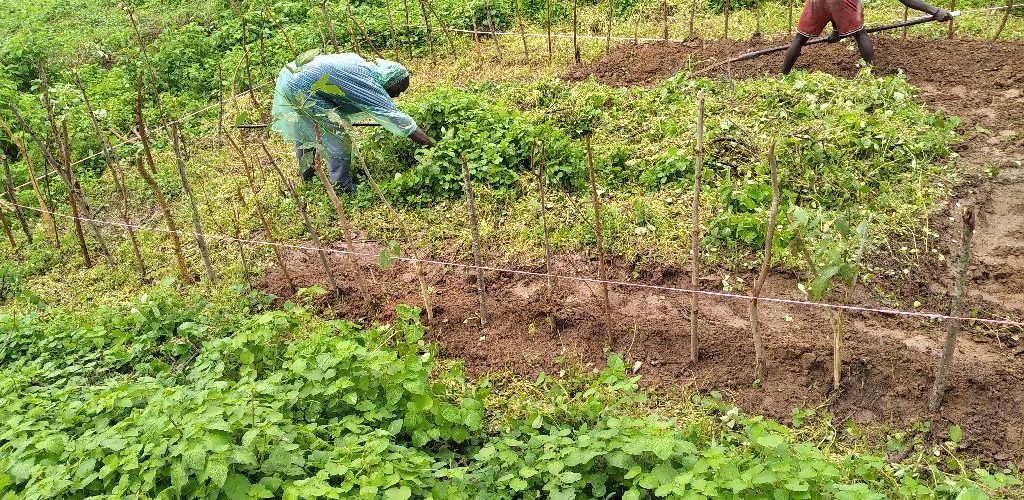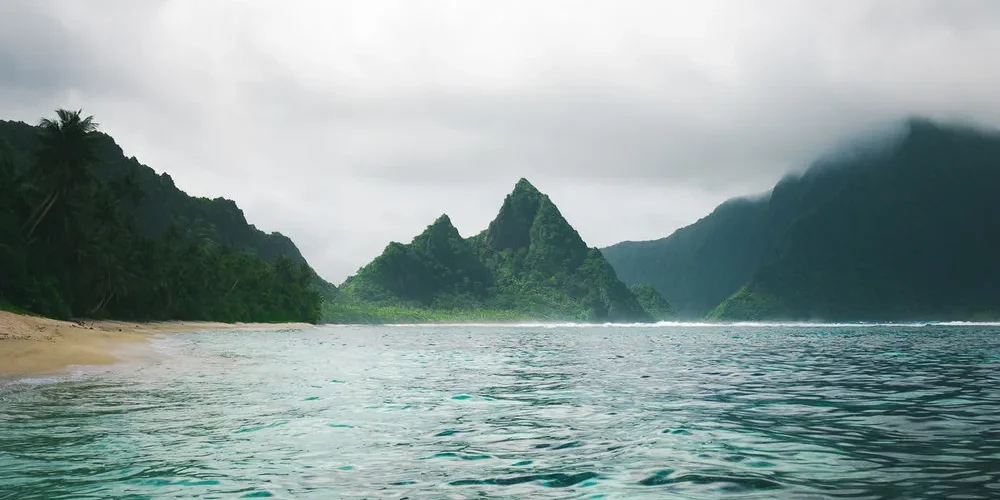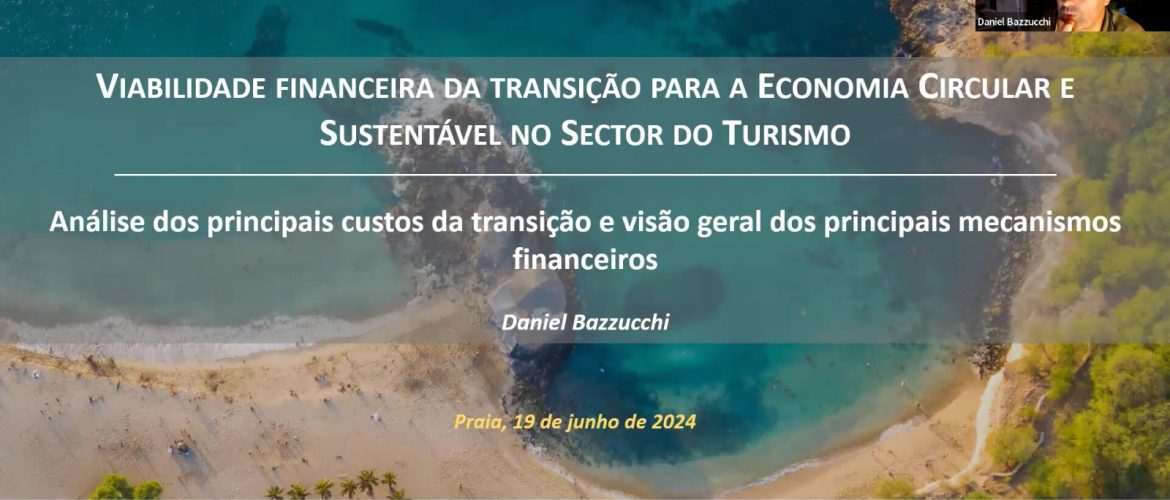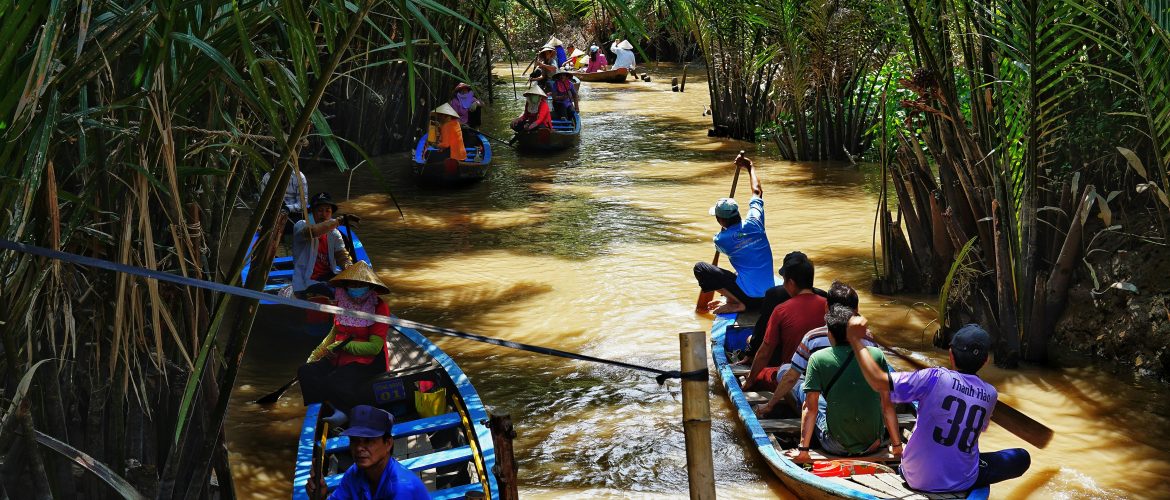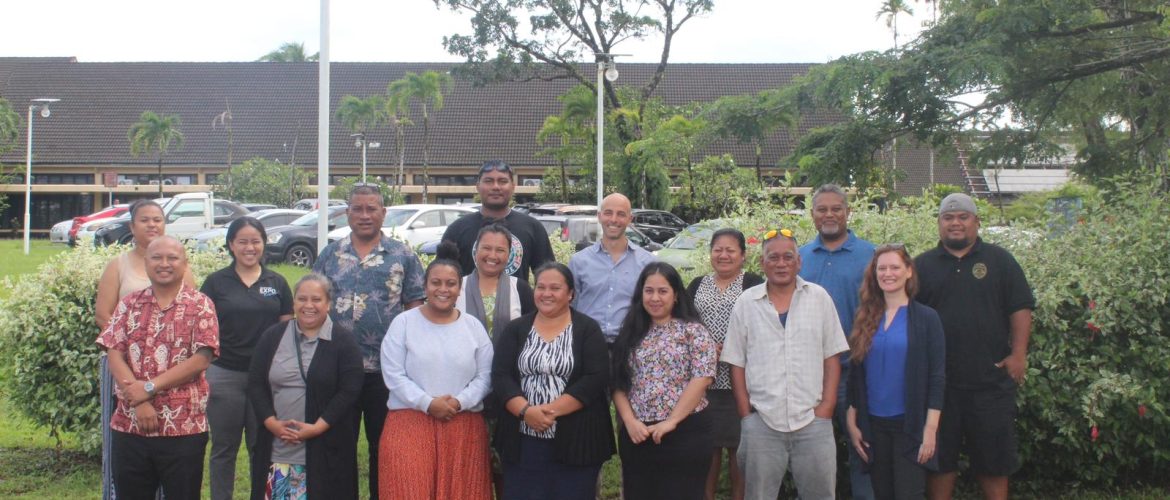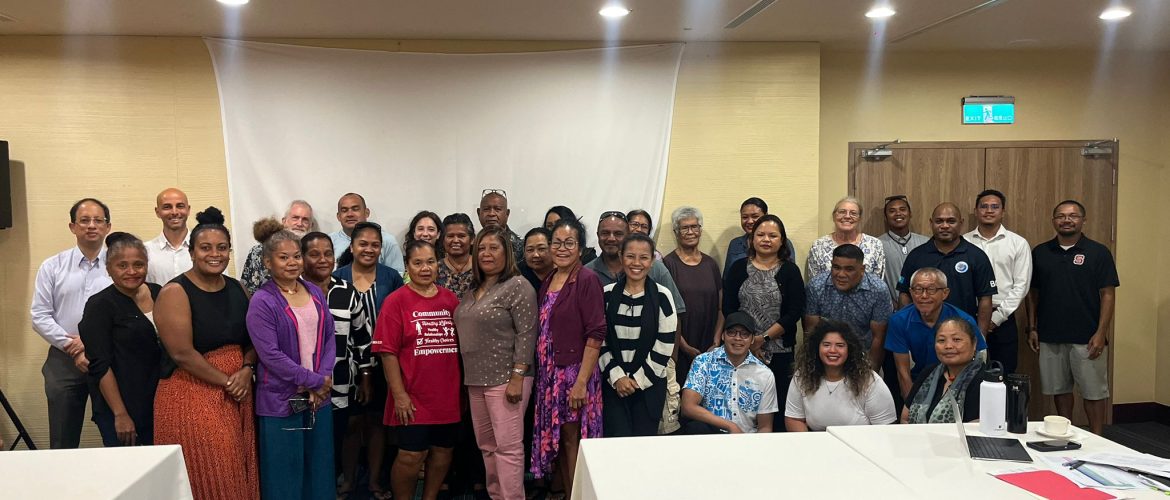As an integral part of our corporate philosophy, we allocate a portion of our profits to LVIA – Lay Volunteers International Association. LVIA is an Italian association which deals with international solidarity and cooperation, committed to fostering ways of local and global change to overcome extreme poverty, reinforce equitable and sustainable development and enhance dialogue between Italian and African communities. SETIN’s contribution is being used to create “Green Perimeters”, an initiative aimed at revitalizing the environment by encouraging the growth
The United Nations Development Programme (UNDP) and the United Nations Environment Programme (UNEP), in partnership with the Convention on Biological Diversity (CBD) Secretariat and with funding from the Global Environment Facility (GEF), are implementing the Global Biodiversity Framework Early Action Support (GBF-EAS) Project. The GBF-EAS Project, spanning two years from mid-2023, seeks to ensure that the National Biodiversity Strategy and Action Plans (NBSAPs) and related policies in Samoa are harmonized with the post-2020 GBF. This alignment will enhance the coherence and
Daniel Bazzucchi, international environmental consultant of SETIN, participated in the “Training Workshop for Trainers on Assessing the Financial Viability of Circular and Sustainable Tourism Interventions”. This event, held in Cape Verde, brought together some of the leading experts and industry leaders to promote sustainable and circular tourism practices. The “Training Workshop for Trainers on Assessing the Financial Viability of Circular and Sustainable Tourism Interventions” is a cornerstone for developing effective strategies that combine economic sustainability with responsible environmental practices in
SETIN has been contracted to prepare the Project Preparation Grant (PPG) for the “Enhancing Transboundary Fisheries Management in the Lower Mekong Basin” under IUCN’s supervision, serving as the GEF Agency. This initiative targets significant challenges and opportunities within the Lower Mekong Basin (LMB), recognized as the world’s most extensive inland fishery and a biodiversity hotspot, ranking third in biodiversity after the Amazon and Congo river systems. This region not only supports a substantial portion of the regional economy through fishing but
We are excited to announce the significant progress made during the Validation Workshop for the “Micronesia: Tourism Support for Biodiversity Conservation” project, held on the 16th of May at DECCEM. This key event is a step forward for the GEF Child Project, which is part of the Blue and Green Islands Integrated Program (BGI IP) with the International Union for Conservation of Nature (IUCN) as the GEF Agency. The project team was represented by Giacomo Cozzolino, PPG team Leader. The workshop
In alignment with our ongoing commitment to enhancing sustainability and fostering innovation within Palau’s food systems, we are delighted to announce the successful execution of the Validation Workshop for the “Transforming Productivity in Palau’s Food Systems through Nature Positive Innovations” project. This crucial gathering, held on the 14th of May at the Palasia Hotel, represents a pivotal milestone for this GEF Child Project, under the auspices of the GEF-funded Blue and Green Islands Integrated Program (BGI IP), with the International


